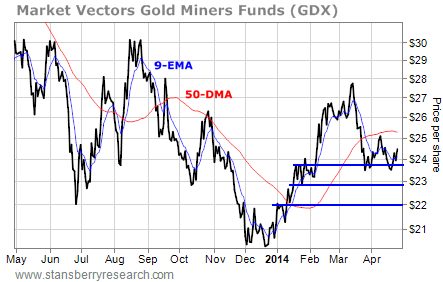By JOE McDONALD, AP Business Writer
Wednesday April 30, 2014 7:13 AM
BEIJING (AP) — China has rejected a World Bank report that suggests it might pass the United States this year to become the biggest economy measured by its currency's purchasing power.
China is on track to become the No. 1 economy by sheer size by the early 2020s and possibly sooner. But its leaders downplay such comparisons, possibly to avert pressure to take on financial obligations or make concessions on trade or climate change.
The estimate by the World Bank's International Comparison Program says that based on 2011 prices, the purchasing power of China's currency, the yuan, was much stronger than was reflected by exchange rates.
By that measure, China's economy was 87 percent the size of the United States' in 2011, or 15 percent bigger than the previous estimate, according to a calculation by RBS economist Louis Kuijs. Faster-growing China would pass the United States in purchasing power terms this year, though it still would be about 60 percent the size of the U.S. economy at market exchange rates.
China's National Bureau of Statistics, which took part in the study, rejected its conclusion, according to the World Bank report.
The statistics bureau "expressed reservations" about the study's methodology and "did not agree to publish the headline results for China," the report said.
A figure was estimated anyway by researchers, but "the NBS of China does not endorse these results as official statistics," the report said.
The statistics bureau in Beijing did not respond Wednesday to a request for comment.
China's government has been reluctant to acknowledge previous milestones showing its economic rise when it passed Germany as the biggest exporter, Japan as the No. 2 economy and the United States as the biggest trader.
Its leaders have emphasized China's status as a middle-income country in resisting pressure to adopt binding limits on greenhouse gas emissions, for which their country is the biggest source.
The International Comparison Program, conducted every six years, is meant to allow comparisons of living standards in countries with widely varying prices.
The results are a good tool for understanding living conditions for Chinese families but other uses are limited, said Mark Williams, chief Asia economist for Capital Economics.
"It does bring home the sheer size of the Chinese economy, in the services and goods and that people in China are producing," Williams said.
"Where it falls short is that it doesn't really tell us about China's economic standing relative to the rest of the world," he said. "When it comes to China's purchasing power abroad, we need to look at the figures adjusted for market exchange rates."
The International Monetary Fund has forecast China's economic growth this year at 7.5 percent, nearly triple the 2.8 percent outlook for the United States.
With its much larger population of 1.3 billion people, China barely ranks in the top 100 countries for income per person.
The report is a reminder that Chinese consumers only have about one-tenth as much money to spend as Americans, said economist Brian Jackson of IHS Global Insight. That is about half the world average, on par with the Philippines, Bolivia or Iraq.
Sellers of consumer goods "may find it discouraging, given it implies a relatively low cost regime for final sales," Jackson said in an email.
Online:
International Comparison Program: http://icp.worldbank.org/











